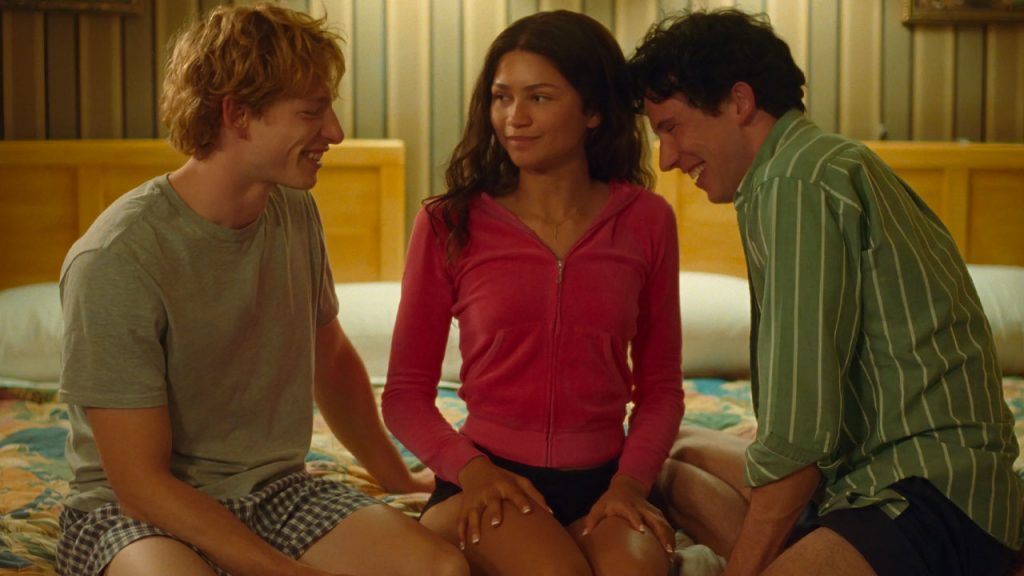Love triangles have captivated audiences for decades, and they remain an exhilarating narrative device in both literature and cinema. From classic tales like « Gone with the Wind » to modern stories such as « Challengers » by Luca Guadagnino, love triangles inject drama and emotional complexity, exploring the dynamics of friendship, rivalry, and forbidden attraction.
The Timeless Appeal of Love Triangles
Love triangles create a rich tapestry of human emotion, pitting love against loyalty, desire against morality. These stories delve into the intricate dance between characters, offering both a mirror to real-life complexities and a vehicle for escapism. Such narratives challenge characters—and audiences—by presenting dilemmas that defy easy resolution, demanding introspection and growth.
Cinematic Treasures
François Truffaut’s « Jules et Jim, » an emblem of the French New Wave, exemplifies the provocative nature of love triangles. Set in the early 20th-century Paris, it follows Catherine, whose free-spirited nature leads her into relationships with two best friends. This film broke barriers, questioning societal norms and highlighting the anarchic pursuit of passion.
Another poignant example is « Anna Karenina » by Tolstoy, exploring societal constraints and personal desires. Anna’s tumultuous affair with Count Vronsky reflects the constraints of societal expectations versus individual fulfillment. Numerous film adaptations capture this tragedy’s timeless relevance, continually inviting new generations to reinterpret Anna’s choices.
Modern Masterpieces
In contemporary cinema, love triangles continue to intrigue. « The Twilight Saga » captured the imaginations of millions with its supernatural love story between Bella, Edward, and Jacob. This saga didn’t just define a generation; it prompted introspection on themes of identity and belonging amidst fantastical settings.
Luca Guadagnino’s « Challengers » promises to add a new dimension to the genre, blending modern sensibilities with classic emotional turmoil. Such films keep the love triangle trope fresh, offering twists that reflect today’s complex social landscape.
Television’s Take
On television, love triangles are equally compelling. In « Emily in Paris, » romantic entanglements fuel the drama and drive character development. Similarly, in « Buffy the Vampire Slayer, » Buffy’s romantic oscillation between Angel and Spike captivated viewers, embodying the eternal struggle between light and darkness.
The love triangle, with its inherent tension and emotional depth, continues to be a potent force in storytelling. Whether creating conflict or forging unexpected alliances, these narratives weave together themes of love, sacrifice, and self-discovery, providing stories that resonate across time and culture. For those seeking complexity and heartbreak, the love triangle remains unrivaled in crafting compelling stories that linger in the heart.
